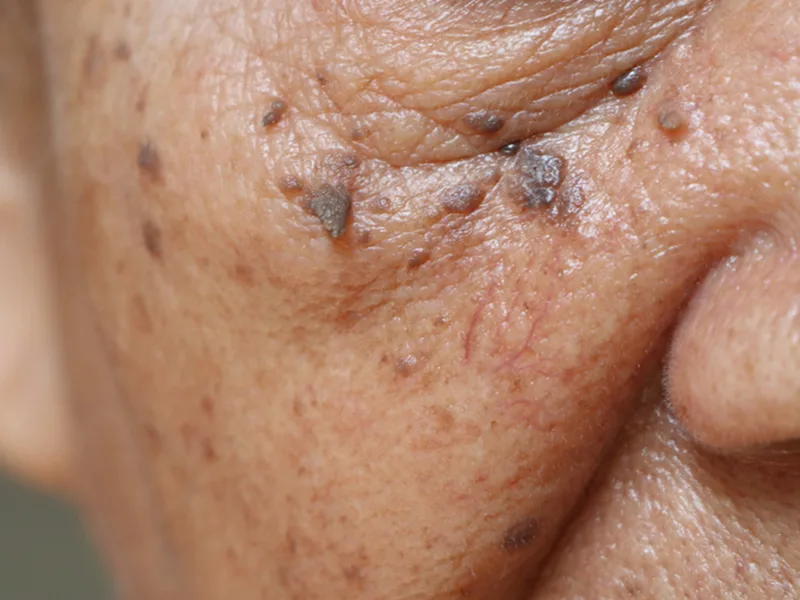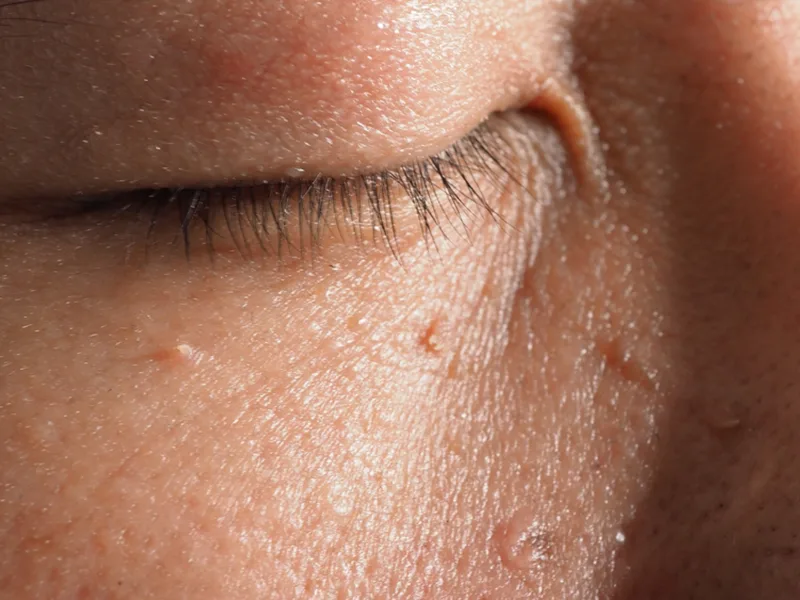


Dermatosis Papulosa Nigra (DPN) is a skin condition that typically appears as small, dark, or skin-colored bumps on the face, neck, and upper torso. Some people only develop a few bumps, whilst others have many covering large areas of their skin.
DPN primarily affects people of African and Asian descent and tends to be genetic. The bumps are harmless and measure approximately 1-5 millimeters in diameter and 1-3 millimeters high. They start in adolescence as smooth, freckle-like bumps and gradually become rougher with time. With age, they may also grow in size and number.
Sebaceous hyperplasia occurs when the sebaceous glands become enlarged with trapped sebum. This creates shiny bumps of up to 3mm on the skin which most commonly appear on the face. The condition tends to occur in middle age and older people. The bumps are harmless but some people like to treat them for cosmetic reasons.

In order for the correct procedure to be recommended, it is important for you to have an accurate diagnosis of the lesion being removed. For any surgical procedure we undertake at the clinic, an initial assessment by a dermatologist is performed. During this assessment, a medical history is taken, the lesion is examined and a diagnosis made. The options of treatment can then be discussed so that you are aware of the risks and benefits of all the surgical treatments available.
Sebaceous Hyperplasia and Dermatosis Papulosa Nigra are both treated using hyfaecation (Electrocautery).
Hyfaecation involves applying an electrical charge to the lesion which heats and vaporises the bump. This forms a scab that eventually falls off. Local anesthetic is applied to the skin 40 minutes prior to the procedure.
A test area is usually treated first to ensure you are not prone to scarring.